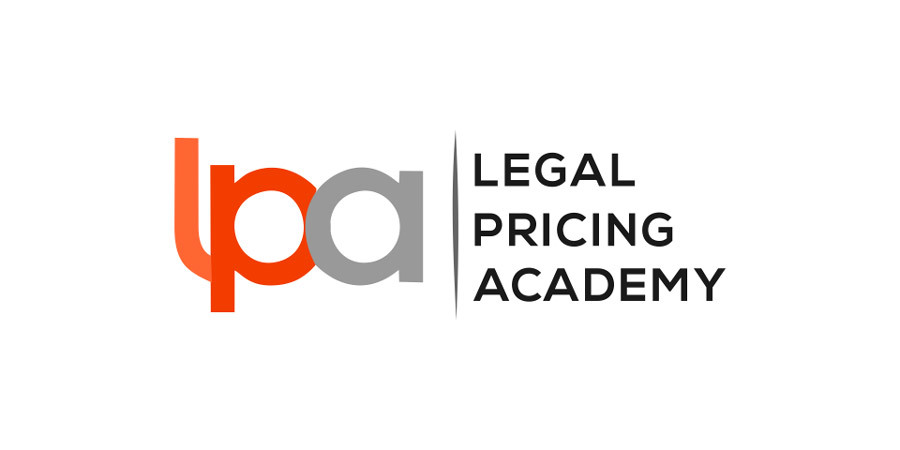Amidst the welter of 2013 reforms, the legitimisation of contingency fees stood out. For centuries we had been told that a lawyer could not run litigation in return for a cut of the damages recovered. This would invite corruption, as the representative would have an overwhelming...
This guest post is kindly provided by Professor Dominic Regan, who is a senior consultant with and sits on the Advisory Boards of Validatum and Burcher Jennings. Our thanks to Professor Regan.
Amidst the welter of 2013 reforms, the legitimisation of contingency fees stood out. For centuries we had been told that a lawyer could not run litigation in return for a cut of the damages recovered. This would invite corruption, as the representative would have an overwhelming temptation to do whatever was necessary to win.No more. It is now legitimate to do just that. The maximum take, inclusive of VAT, is 50% of the monies recovered. Special and less generous provisions apply to injury. Unfortunately, the law insists that the lawyer cannot charge the client in such a way that no risk is borne by the client. This feature has meant that barely anyone has used the DBA.
The good news is that some twenty potential reforms are under active consideration. Whilst the Government has refused to amend the 'no charging of the client' principle there are some sensible, encouraging concepts on the table.
Currently, only a claimant can avail themselves of a DBA, since their payment is derived from damages recovered. One proposal is to open up the market to defendants. In essence, they could be rewarded by reference to the amount they save their client. Consider a defendant being pursued for say, £1m. It would be feasible for them to agree to give their lawyer a percentage of any reduction secured. This would be the mirror image of the DBA for a claimant except that it would always be the client here who would pay off the lawyer.
In Ontario, the birthplace of the model we have adopted, lawyers are entitled to be paid on a quantum meruit if the agreement fails for whatever reason. Here it is presently all or nothing. This too is under review.
Another current oddity is the operation of the indemnity principle. Suppose that one takes on a claim for £2m, having agreed a 30% fee. The firm litigates the matter and runs up a bill of £750,000 against the defendant. The most the firm can recover from them though is £600,000 as that is what the firms' remuneration would be under the DBA.
And of course, every pound in costs recovered goes to the credit of the client. The firm does not receive costs on top of my agreed percentage.
Lord Justice Jackson was and is a keen supporter of the DBA for it creates another avenue of funding the litigation process. Let us hope that second time around the Ministry of Justice gets it right. My thanks to Professor Rachel Mulherron whose recent talk in Birmingham inspired and informed this note.


